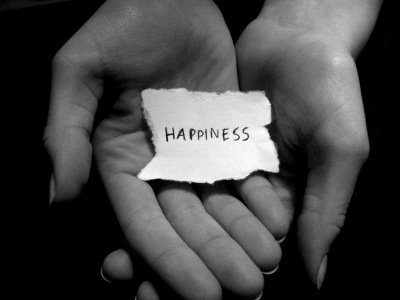Positive Psychologists Identify 4 Strategies for Happiness

Leaders in the field of positive psychology have found several simple strategies that increase happiness including volunteering, smiling, laughter and gratitude. Simply volunteering on a regular basis can increase happiness as much as getting a college degree or increasing income by 100 percent. Regularly attending a social club, worth services or even entertaining produced the same effects.
Psychologists have long told depressed patients to “fake it ‘til you make it” but research at Fairleigh Dickinson University in New Jersey suggests that this strategy works for everyone. Dr. Charles Schaefer points out that even fake, self-imposed laughter or smiling produces physical sensations that dispel stress, boos mood and tremendously increase psychological well-being. Watching a comedy on TV or DVD, or in the movie theater, may have the same result.
Dr. Tal Ben-Shahar of Harvard University suggests gratitude as a prescription for happiness. Patients should learn to savor and appreciate the little things in life, from a single flower to a great meal, a glass of wine or time with friends. Dr. Ben-Shahar teaches the most popular Positive Psychology class at Harvard. He is the author of Happier: Learn the Secrets to Daily Joy and Lasting Fulfillment.
According to psychologist Robert Cialdini of Arizona State University, helping others creates a surge of euphoria, which is followed by a longer period of calm. Dr. Cialdini calls this the “helper’s high”, as endorphins are released that reduce feelings of depression, stress and hostility. The health benefits increase when the patient volunteers more often.
Several studies support the notion that volunteering makes people happier, especially when there is personal contact between the volunteer and the individual they are helping. Results are greatest when volunteers help people they do not know.
Nationwide, volunteerism is on the rise with 62.8 million volunteers contributing work worth $162 billion annually. While 26.4 percent of Americans volunteer in organized activities, informal or do-it-yourself volunteerism has increased by 31 percent. One of the biggest increases was in volunteering by young adults aged 16 to 24 years. Utah, Nebraska, Minnesota, Alaska and Iowa lead the nation in the number of volunteers per capita. In Utah, 43.5 percent of the population volunteers.
By Joni Holderman, [email protected], contributing reporter for Mental Health News.